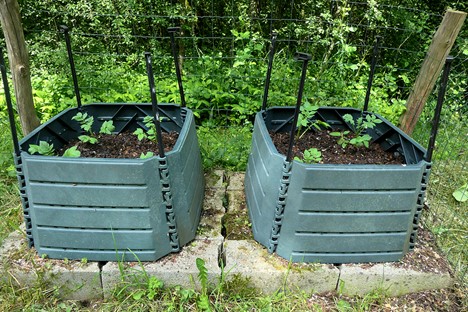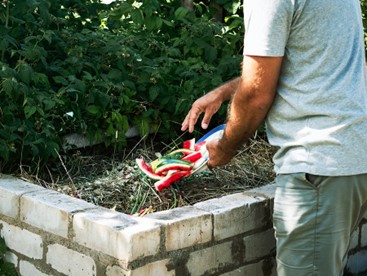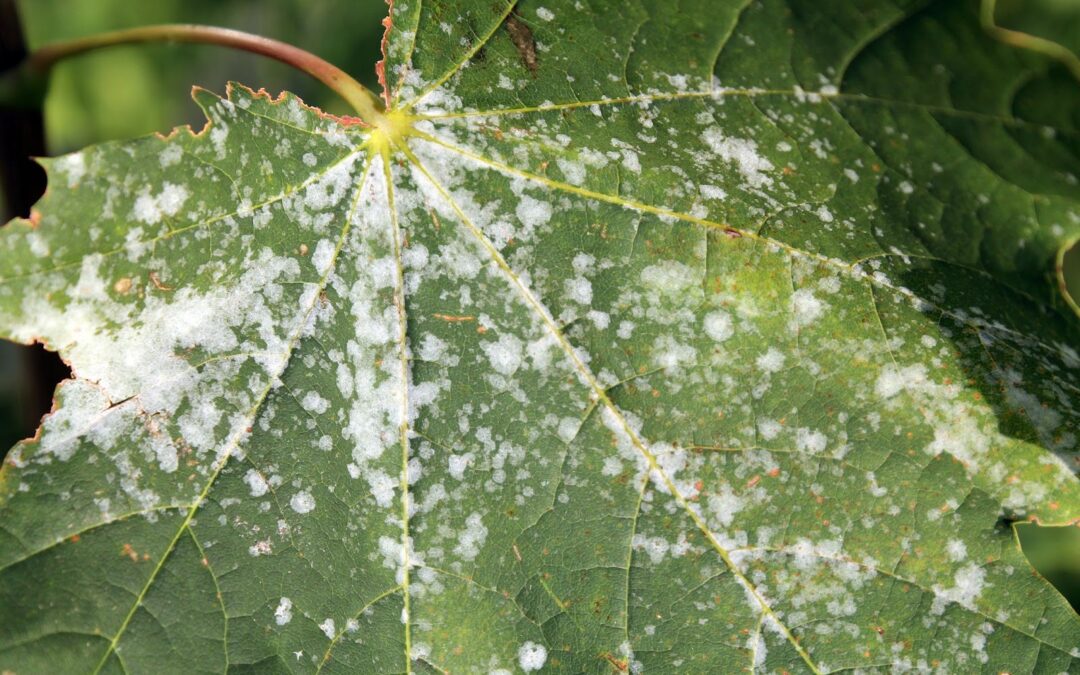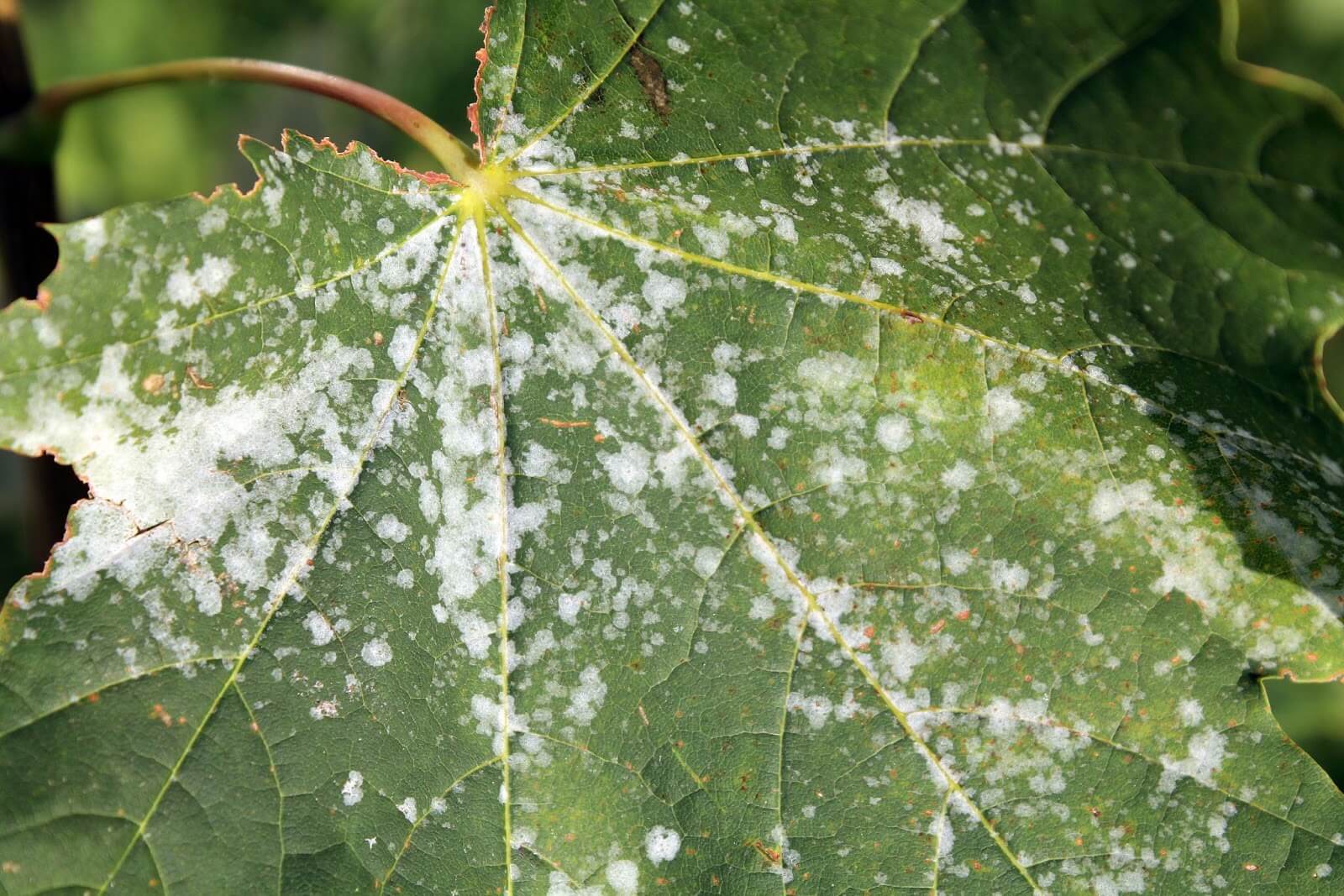How to start composting in your yard – and make your garden thrive!

Composting in your yard is a great way to reduce waste, add valuable nutrients to your garden, and help the environment. Whether you’re an avid gardener or just looking to help the planet, composting is a great place to start.
How composting works
Composting is a simple yet effective way to reduce waste while helping your garden thrive. Composting works by collecting organic materials, such as food scraps, leaves, and grass clippings, and allowing them to decompose into a nutrient-rich soil amendment. The composting process involves microorganisms breaking down the organic matter and releasing nutrients into the soil, which plants can use for growth.
To start composting in your yard, you’ll need a container or bin to store the compostable material, such as a metal trash can with holes punched in it or a ready-made compost bin. You’ll also need to layer different compostable materials, such as green (nitrogen-rich) materials like grass clippings and fruit/vegetable scraps, and brown (carbon-rich) materials like straw, dead leaves, and wood chips.
 What to put in your compost
What to put in your compost
Composting is a great way to turn food and garden waste into nutrient-rich compost to use in your garden. Composting is a natural process that breaks down organic material over time and helps create healthy soil for your plants. However, knowing what items you can and can’t add to your compost pile is important.
When deciding what to put in your compost, the main rule is to avoid adding anything toxic or harmful to your garden. This includes plastic, metals, pet droppings, and chemically treated materials. The best items to include in your compost are organic materials like vegetable and fruit scraps, eggshells, coffee grounds, paper products (shredded or cut into small pieces), grass clippings, leaves, wood chips even tea bags.
It’s also important to remember to mix up the types of materials that you add to your compost pile. You want to balance green materials (like grass clippings and kitchen scraps) and brown materials (like leaves and wood chips). You should also only add a little of one item at a time, as this can create an imbalance of nutrients in your compost pile.
If you want to speed up the process of breaking down materials in your compost pile, you can add a few handfuls of soil or manure. This will give bacteria and other organisms the essential nutrients they need to break down organic matter quickly.
Attractive ways to compost in your yard
Composting is a great way to recycle organic materials and turn them into nutrient-rich soil for your garden.
Making composting attractive is possible! You can hide your compost bin behind a fence or wall or place it in the corner of your garden. There are many stylish bins available. However, you choose to compost, making your bin well-ventilated will help speed up decomposition.
Here are some ideas for how to compost in an attractive way:
- Build or buy a compost bin. Using a compost bin is one of the best ways to keep your compost contained and tidy. Many compost bins are available, from wooden bins to steel tumblers. Find one that suits your needs, and add it to your outdoor space.
- Use a planter. If you don’t have room for a compost bin, you can use a planter to house your compost. Plant herbs, flowers, or vegetables near the planter and let the compost enrich the soil as it decomposes.
- Create a compost pile. If you don’t want to invest in a bin or planter, create a simple compost pile in an out-of-the-way corner of your yard. As long as you’re diligent about turning the pile every few weeks, you’ll have fresh compost in no time.
- Use it! Compost can add nutrients to existing flower beds or vegetable gardens. Incorporate it into the landscape as soon as it’s ready. Sprinkle compost around the plants or incorporate it into the soil before planting. You can also seasonally compost in the warmer months and take the winter off. This way, you don’t have a pile sitting anywhere.
Frontier Landscaping provides full-service landscaping for Clark County, WA, to keep your plants healthy and your landscape looking its best. Get a Quote Today!




